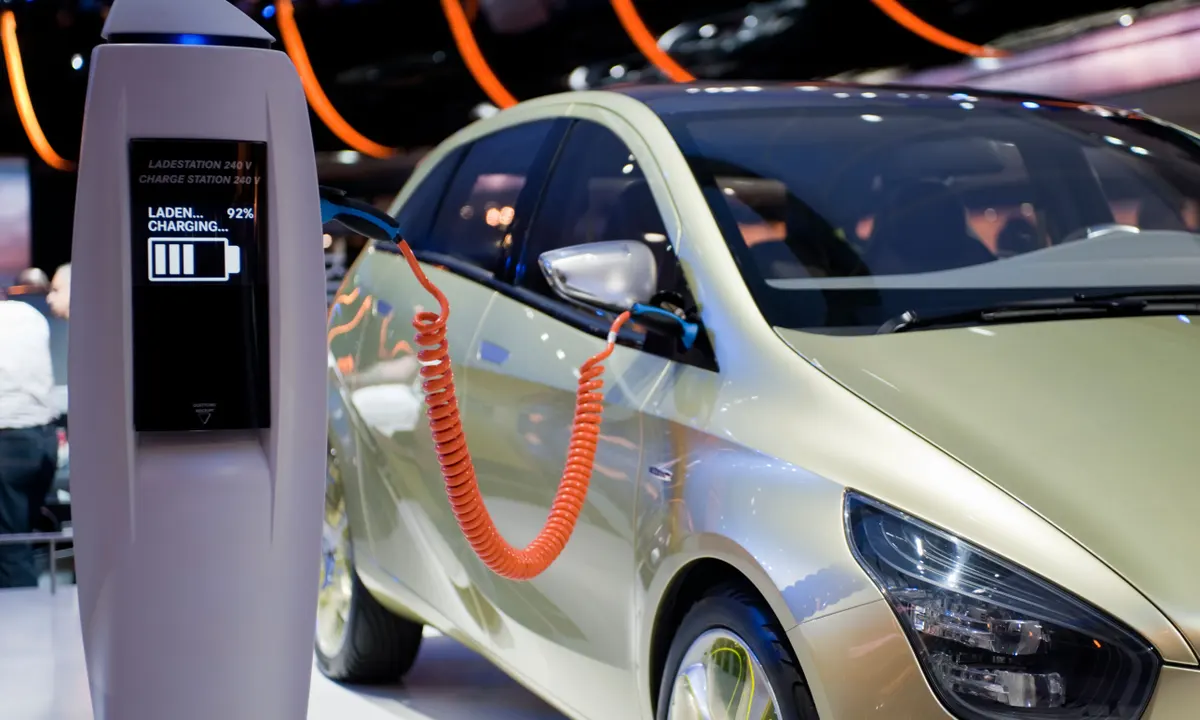Electric vehicles offer zero tailpipe emissions and can help cut greenhouse gas (GHG) pollution by 59% compared to traditional cars. While electricity used to charge these cars may generate some air pollution, its source may come from renewable energy resources that produce cleaner power sources.
As more EVs are adopted, their benefits increase exponentially. Extended subsidy programs and low battery cost scenarios deliver the greatest net benefits per additional vehicle purchased.
1. Reduced Carbon Footprint
Electric vehicles (EVs) boast significant environmental advantages compared to their gasoline counterparts in terms of their greenhouse gas (GHG) emissions, including zero tailpipe emissions and will become even greener as our energy grid decarbonises over time.
Electric vehicles (EVs) rely on electricity for operation, so their carbon footprint depends on where this electricity comes from. Driving an EV in countries with a greater percentage of renewable power sources will lower emissions compared to driving conventional cars.
However, GHGs emitted during EV manufacturing can outweigh these advantages; therefore it is crucial to make careful comparisons between electric vehicles and conventional cars. Woodley’s research with Nunes will take this into account by taking into account all of the complexities involved with modelling EV and gasoline-powered car performance – including factors like battery size/chemistry/mileage assumptions/electricity generation mix in different countries that will all impact how quickly an initial “carbon debt” from production can be recouped.
2. Reduced Air Pollution
Research demonstrates that electric vehicles emit lower tailpipe pollution emissions, including nitric oxide (NO2) and particulate matter than comparable conventional vehicles. Their emissions savings become even greater in areas with heavy traffic congestion where more EVs are doing most of their driving.
However, it should be remembered that these studies only compare emissions directly generated by electric vehicles and not those caused by other sources such as electricity generation. Michalek told Carbon Brief that this factor plays a vital role when estimating EV impacts.
Comparing an electric vehicle (EV) to its conventional counterpart in terms of emissions produced while operating on an average electricity mix across the US, such as in Washington State where hydropower generation dominates over coal-heavy West Virginia, can produce much lower emissions overall than running on traditional electricity, regardless of temperature, road use patterns and total mileage driven per day. Different electric generation patterns could yield different results – these findings would vary according to location or factoring such as road use patterns, temperature patterns and miles driven per day per vehicle in studies that used diverse combinations of factors including temperature patterns and road usage patterns than average vehicle drivers produce emissions compared with conventional vehicles operating under similar conditions in these two states.
3. Reduced Noise
Electric vehicles (EVs) emit significantly less noise pollution than traditional vehicles, making it easier for people to engage in activities like walking and cycling without road traffic noise intruding upon their activities. Noise pollution has been linked with hearing loss, stress levels rising rapidly, high blood pressure levels increasing rapidly and cardiovascular diseases – potentially damaging human health in many ways.
Safety hazards also present themselves to visually-impaired pedestrians who rely on hearing approaching vehicles to navigate street crossings safely. Therefore, the National Federation of the Blind lobbied the government to require electric vehicles (EVs) with automated vehicle sounds (AVS) so that these pedestrians could detect them more readily.
Air pollution affects everyone, but certain communities are particularly impacted by it. Princeton’s modeling indicates that widespread EV adoption will bring major health gains for cities with heavy traffic loads and high car exhaust levels; further improvements can be seen if we switch to renewable-powered electricity grids.
4. Reduced Noise Pollution
Most people associate environmental pollution with air and water pollutants; however, noise pollution should also be considered an environmental hazard as it has negative health implications as well as making life less pleasant.
Noise pollution can come from engines, airplanes and trains; however, electric vehicles (EVs) are significantly quieter than their counterparts and help to decrease noise pollution. Studies show that they’re quieter at all speeds; making EVs an excellent solution for city driving where noise issues often present themselves.
Emissions may differ depending on a variety of assumptions, including vehicle make and model, battery size/chemistry/charge source/sources for recharging the car; but generally speaking, electric cars produce lower overall carbon emissions than gasoline-powered cars.

